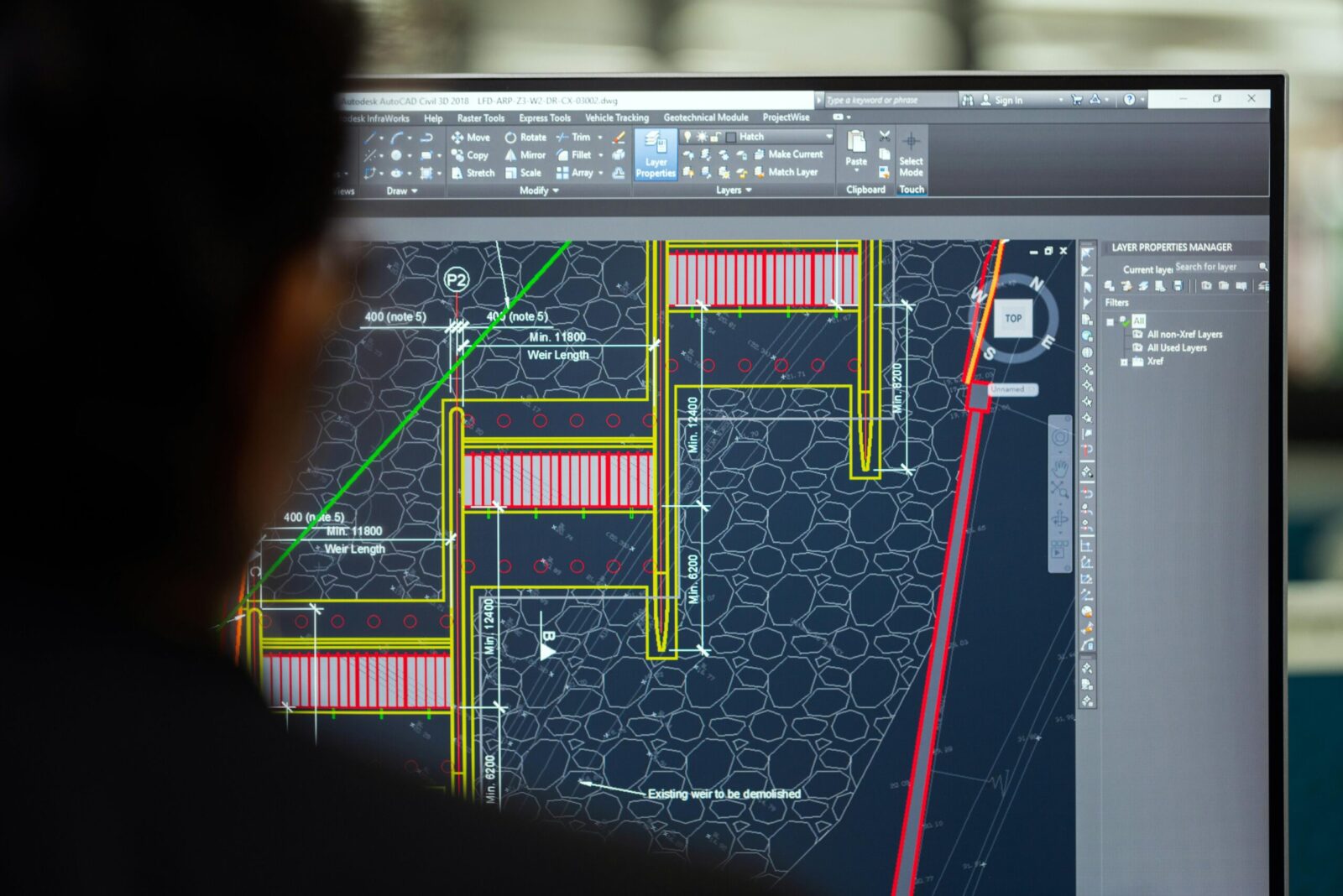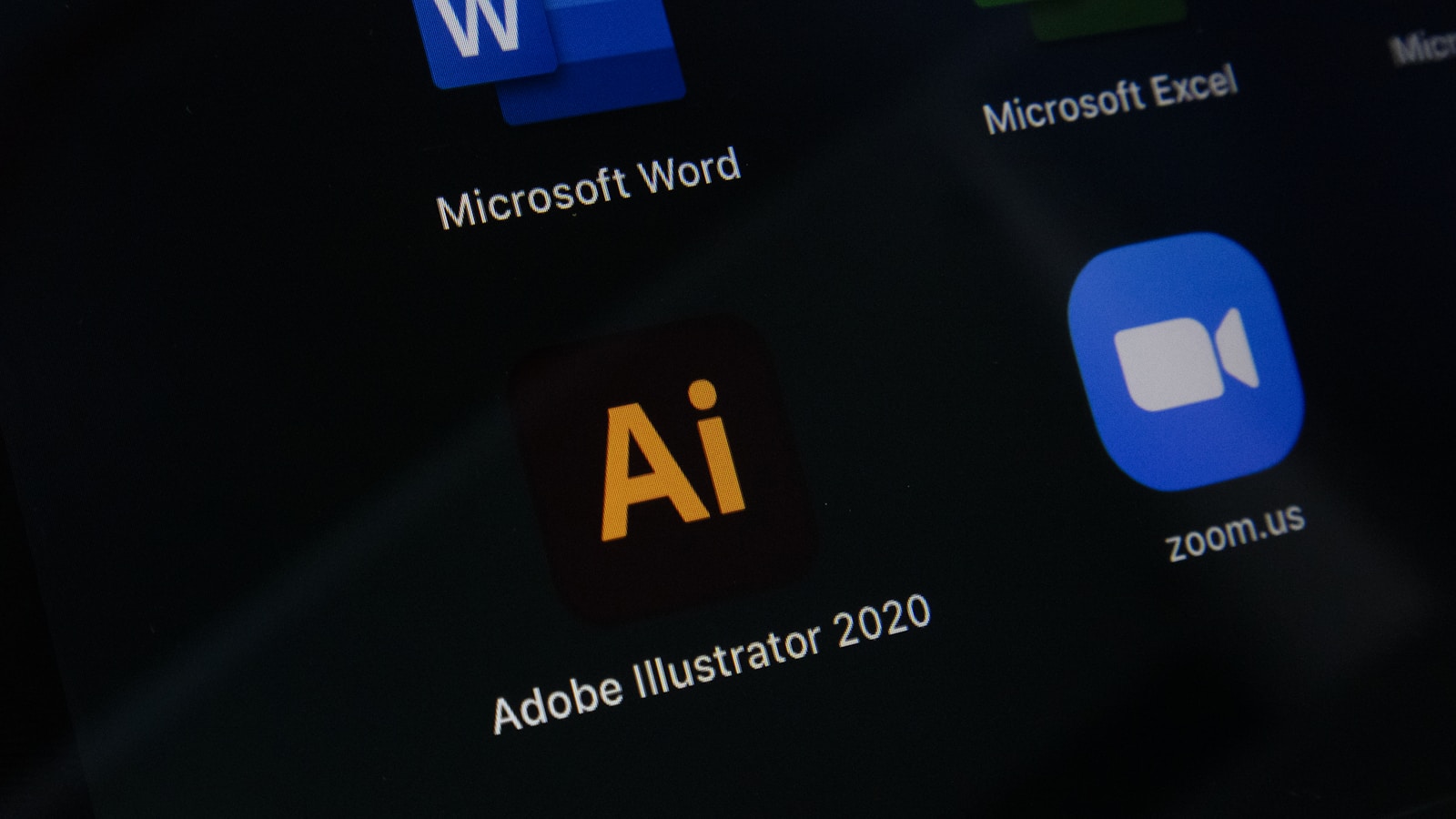Campus life moves fast, lecture slides drop minutes before class, group projects spin up overnight, and assignments live across email, LMS portals, and DMs. The right note‑taking app doesn’t just capture information: it helps us organize, recall, and collaborate without wasting time. We tested the top note‑taking apps for college students across phones, tablets, and laptops, focusing on speed, search, stylus support, web clipping, PDF markup, collaboration, offline access, and export options. Here’s our clear, no‑nonsense take on which app fits which student, so you can stop app‑hopping and start cruising through the semester.
Notion: Best for All-In-One Workspaces and Group Projects
If your semester looks like a swirl of labs, group projects, and clubs, Notion is the all‑in‑one workspace that keeps the chaos tidy. Think pages, databases, wikis, Kanban boards, calendars, and docs all living under one roof. We love how a single project page can house your task board, meeting notes, deadlines, and files, with comments and @mentions so everyone stays accountable.
Why it shines for students
- Flexible structure: Build class hubs, assignment trackers, and reading lists using templates or from scratch.
- Collaboration: Real‑time edits, comments, and granular permissions make group work painless.
- Databases that actually help: Filter by due date, sort by priority, and link notes across classes.
- Ecosystem: Notion Calendar integration, page backlinks, and optional Notion AI for summarizing or drafting.
Good to know
- Pricing: Generous free plan for individuals: paid plans add advanced permissions and collaboration features. Student perks often apply, check their education page.
- Offline: Solid caching with improving offline editing, but heavy pages work best with a stable connection.
- Handwriting: Notion is built for typing and databases. For stylus-heavy lectures, pair it with a dedicated handwriting app.
Bottom line: Notion is our top pick when we need more than a digital notebook, especially for organizing multiple classes and managing team deliverables without spinning up five different tools.
Microsoft OneNote: Best Free, Stylus-Friendly Digital Notebook
OneNote feels like a classic campus binder, sections, pages, and subpages, with the bonus of excellent inking. It’s free, syncs across devices, and pairs beautifully with a Surface or iPad for handwritten notes. Typed text and ink can live side by side, so you can sketch a diagram, drop in a photo of the whiteboard, and type formulas beneath it.
Why it shines for students
- A+ stylus support: Smooth handwriting, ink‑to‑shape/text, math features, and lasso select.
- Rich capture: Insert audio that time‑stamps to your notes, paste PDFs to annotate, and clip from the web.
- Search that matters: OCR makes handwriting and images searchable: tags help you find to‑dos fast.
- Free and everywhere: Works on Windows, macOS, iPadOS, iOS, Android, and the web.
Watch‑outs
- Sprawl is real: Without a naming system, notebooks get messy quickly.
- Export quirks: You can export to PDF easily, but moving entire notebooks to another platform takes effort.
For a zero‑cost, stylus‑first digital notebook that doesn’t fight you during fast lectures, OneNote is tough to beat.
Obsidian: Best for Knowledge Management and Markdown Power Users
Obsidian is for those of us who want more than notes, we want a personal knowledge base. It stores your notes as plain Markdown files on your device, so you own your data and can sync but you like. Link concepts across classes, visualize connections with the graph view, and build a study system that actually compounds over time.
Why it shines for students
- Local‑first and portable: Your notes are plain text files, future‑proof and easy to back up.
- Linked thinking: [[Backlinks]] and tags make it ideal for research, literature notes, and exam synthesis.
- Plugins and themes: Add spaced repetition, citation managers, Dataview queries, daily notes, and more.
- Markdown speed: Fast typing, easy formatting, and distraction‑free editing.
Good to know
- Learning curve: It’s powerful, but you’ll want a simple structure to start (e.g., Class/Week/Topic folders).
- Sync: Obsidian’s own Sync is a paid add‑on: you can also use iCloud/Drive/Dropbox.
- Handwriting: Not its lane. Pair with a tablet annotation app for diagrams and PDFs.
If you’re in research‑heavy majors or love the Zettelkasten vibe, Obsidian turns scattered notes into a connected knowledge network.
Goodnotes: Best for Handwritten Lecture Notes and PDF Markup
Goodnotes is our go‑to when the syllabus is PDF‑heavy and the professor lives on the whiteboard. On iPad with Apple Pencil, the handwriting feels close to pen and paper, with the perks of search and organization. Import slides, annotate readings, and keep neat digital notebooks by course.
Why it shines for students
- Handwriting that pops: Natural ink, shape tools, stickers, and templates for Cornell notes, graph paper, and more.
- PDF powerhouse: Mark up lecture slides, lab manuals, and problem sets without printing.
- Find anything: OCR makes your handwriting searchable: convert scribbles to typed text when needed.
- Multiplatform: Best on iPad, but now available on Android and Windows with growing feature parity.
Good to know
- Pricing: Free tier lets you try with limited notebooks: a paid subscription unlocks unlimited notebooks and advanced features (student discounts often available).
- Collaboration: You can share and export easily, but it’s not a full project management tool.
- File size: Lots of images and PDFs can bloat notebooks, archive older ones to keep things snappy.
For STEM problem sets, language classes, music notation, or any diagram‑heavy course, Goodnotes is the easiest way to keep clean, legible notes you’ll actually revisit.
Evernote: Best for Web Clipping and Cross-Device Capture
Evernote built its name on capturing anything from anywhere, and it still nails that job. The web clipper is excellent for saving full pages, simplified articles, PDFs, and screenshots into organized notebooks with tags. If your classes involve lots of online research, or you’re juggling internship searches and personal projects, Evernote makes cross‑device capture painless.
Why it shines for students
- Elite web clipper: Cleanly saves sources with links and images intact.
- Search power: Finds text inside PDFs and images: tags and shortcuts keep research at your fingertips.
- Scanning & tasks: Digitize handouts, add to‑dos and reminders, and tie it all to class notebooks.
- Works everywhere: Reliable apps on desktop, mobile, and web.
Good to know
- Pricing: The free plan is quite limited now: most students who rely on it end up on a paid plan.
- Performance: Very large accounts can feel heavy: regular cleanup helps.
- Lock‑in risk: Export exists, but if you plan to move later, organize with tags and clean titles from day one.
If your priority is capturing research cleanly and finding it fast later, Evernote remains a strong, familiar choice.
Conclusion
There’s no single “best” note‑taking app for every college student: there’s a best fit for how you actually study.
- All‑in‑one and group projects: Notion
- Free, stylus‑friendly digital notebook: OneNote
- Research and long‑term knowledge management: Obsidian
- Handwritten notes and PDF markup: Goodnotes
- Web clipping and cross‑device capture: Evernote
Our advice: pick one primary app based on your core need, then pair it with a specialist. For example, Notion + Goodnotes covers projects and lecture handwriting: Obsidian + OneNote covers research and in‑class ink. Before committing, test three things: offline reliability, export options (avoid lock‑in), and how fast you can capture during a frantic lecture. The right setup should make your week lighter on day one, and still pay off when finals hit.



